In nature, the law of the jungle is the universal law, and there are kings of animals in different regions. Do you know which animals in the world are respected as the king of animals? This article will list for you the top ten kings of animals in the world, including Siberian tiger, African lion, killer whale, golden eagle, Australian box jellyfish, snow leopard, crocodile, polar bear, jaguar and camel. Among them, the Siberian tiger is known as the "King of the Jungle" and is currently the largest carnivorous cat. So how do other animals become kings of animals? Let’s explore it together.
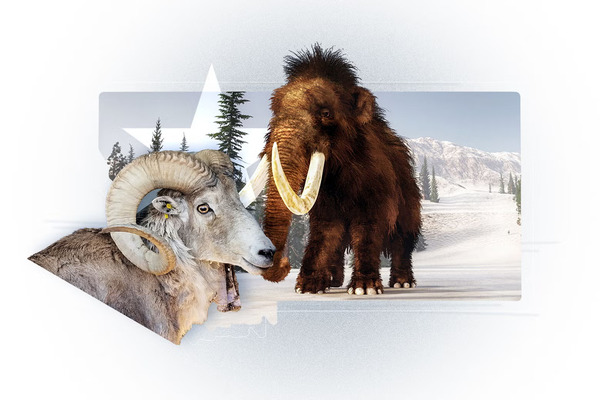
1. Siberian Tiger (King of the Jungle)
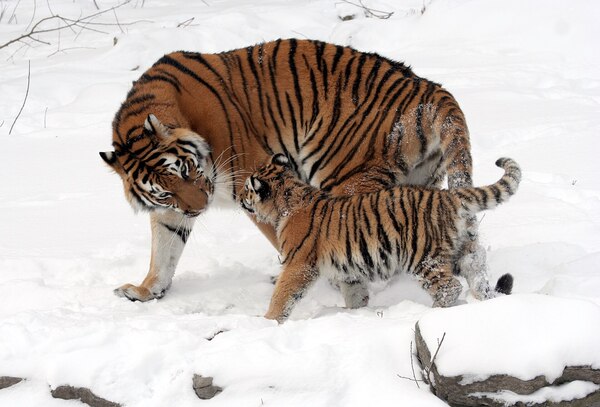
The Siberian tiger is also known as , also known as the Siberian tiger or the Amur tiger. Altai tiger" and so on, the Korean Peninsula is called the Korean tiger. It is one of the largest carnivorous cats in the world. It is known as the "King of the Jungle" because the stripes on its forehead resemble the Chinese character "王", and it often lives in dense forests. The Siberian tiger is not only unique in appearance and habitat, but as the main hunter in the jungle, mammals and birds of all sizes are on its prey list, allowing it to gain a foothold at the top of the food chain and become a true king. . This kind of tiger is introverted, suspicious and ferocious by nature. It moves quickly and often wanders in the forest. It is difficult for ordinary people to see a wild Siberian tiger with their own eyes.
2. African Lion (King of the Grasslands)
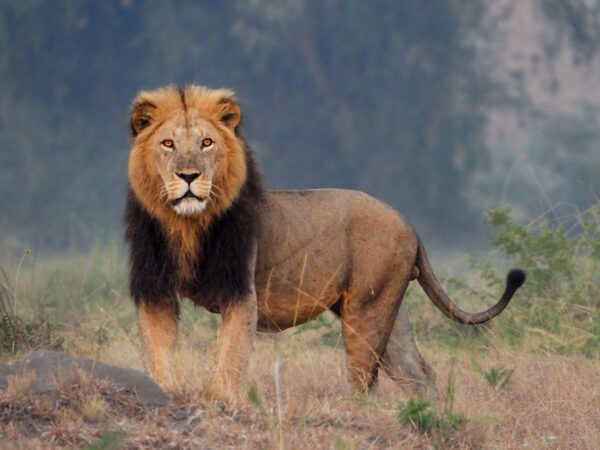
African lions inhabit the vast African grasslands and are the apex predators in the grasslands. They are considered the real kings of the grasslands and are good at hunting a variety of prey, including bison, antelope, zebra, African buffalo, young Elephants-Are-Endangered.html">elephants, giraffes, African Elephants-Are-Endangered.html">elephants, Nile crocodiles, hippos, rhinos, and even small mammals and various birds kind. Sometimes, African lions will use their large size to steal food from other carnivores, such as leopards and hyenas that appear at the wrong time or place. In this case, they may even attack each other to steal the food.
3. Killer Whale (King of the Ocean)
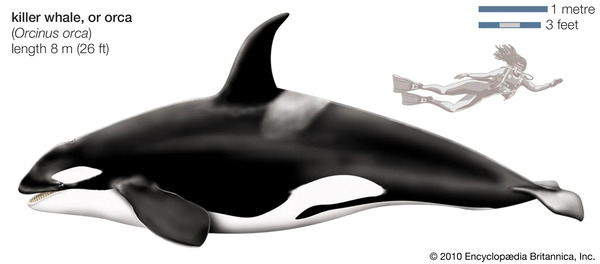
Killer whales, also known as killer whales or killer whales, are large toothed whales. Killer whales have slender mouths and sharp teeth. They are ferocious in nature and are carnivores. They are good at attacking prey, such as penguins and seals, and are their natural enemies. Sometimes, killer whales even attack other whales, even great white sharks, and are known as the overlords of the ocean. In addition, killer whales are extremely intelligent and will choose prey and hunting methods based on their own strength. As highly social creatures, some killer whale groups form some of the most stable families in the animal kingdom. Killer whales display complex social behaviour, hunting techniques and vocal communication, which are considered evidence that killer whales have a unique culture.
4. Golden Eagle (King of the Sky)

The golden eagle is one of the famous birds of prey in the Northern Hemisphere, known for its remarkable appearance and swift and powerful flight. The golden eagle can be called the king of the air, and its diet covers many large and medium-sized animals, from small animals such as pheasants, wild ducks, hares, squirrels, snakes, etc., to large prey such as goats, roe deer, badgers, foxes, etc., the golden eagle can rival it. Well-trained golden eagles can even chase wolves on the grassland. One golden eagle has recorded the feat of capturing 14 wolves in a row.
5. Australian Box Jellyfish (The poisonous king)
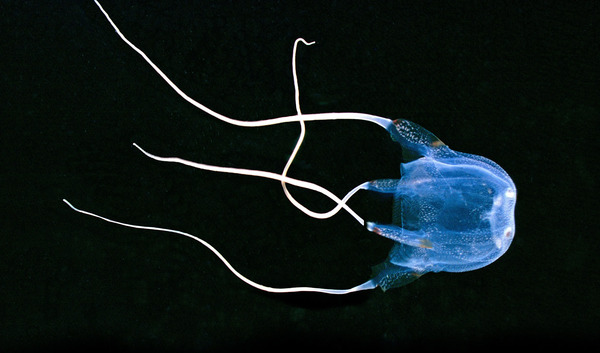
The Australian box jellyfish is a beautiful marine creature with an elegant appearance and light blue color, but it actually hides a deadly danger. This kind of jellyfish is known as one of the top ten poisonous animals in the world. It is reported that the Australian box jellyfish has about 15 tentacles, each of which is covered with stinging cells that store venom. Once a human is stung by these tentacles, he or she will die in just 3 minutes. According to researchers from the Australian Institute of Marine Science, about 60 people have died due to contact with box jellyfish in the past 25 years, compared with only 13 people who died from shark attacks. Jellyfish are extremely dangerous.
6. Snow Leopard (King of Snow Mountain)
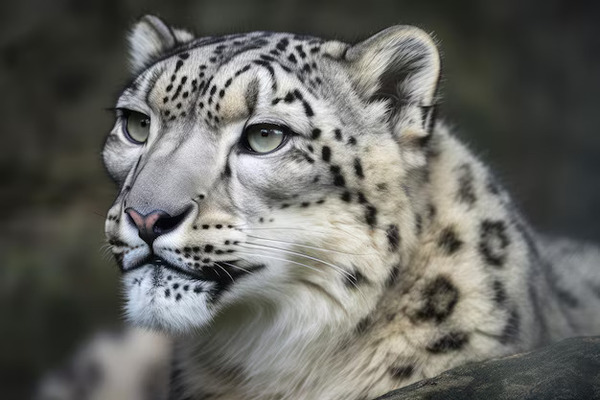
Snow leopards are native to mountainous areas in central Asia, and their main habitat is high-altitude mountains such as the Tianshan Mountains in China. This mysterious cat has gray-white fur with black spots and rings, and a long and thick tail, so it is known as the "King of the Snowy Mountains." The snow leopard is known as the "King of Snow" because it often lives in permanently snow-covered mountains, bare rocks, and cold desert areas.
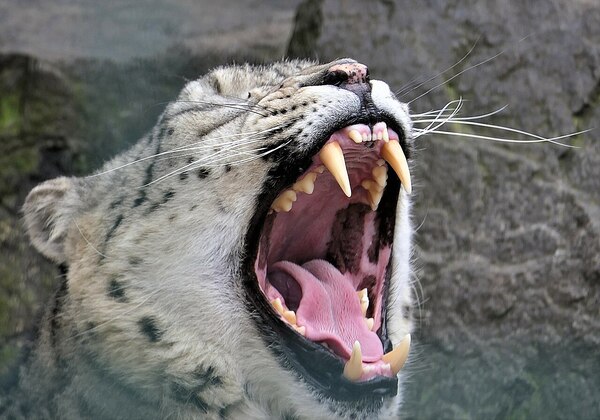
According to reports, snow leopards have appeared on ridges ranging from below 4,500 meters to above 4,100 meters in the Qilian Mountains in China, and have even left traces in the snowy areas of the north slope of Mount Everest, which are as high as 5,400 meters. This unique animal can move freely on steep and cold mountain cliffs, easily jump over 3 to 4 meter high rock walls, and jump across valleys up to 6 meters wide, showing extraordinary survival skills.
7. Crocodile (King of the River)

Crocodiles are "living fossils" that have existed on earth for more than 200 million years, and are also the top killers in rivers. They are good at catching a variety of prey in the water, which makes them extremely intelligent and skilled hunters. Crocodiles are also excellent at camouflage. They will cleverly disguise themselves as wood and other objects, get close to their prey, and wait for a strike to defeat the prey in an instant. The presence of crocodiles in rivers would be a nightmare for herbivores and small carnivores, as they could easily dominate those waters.
8. Polar Bear (King of the Arctic)
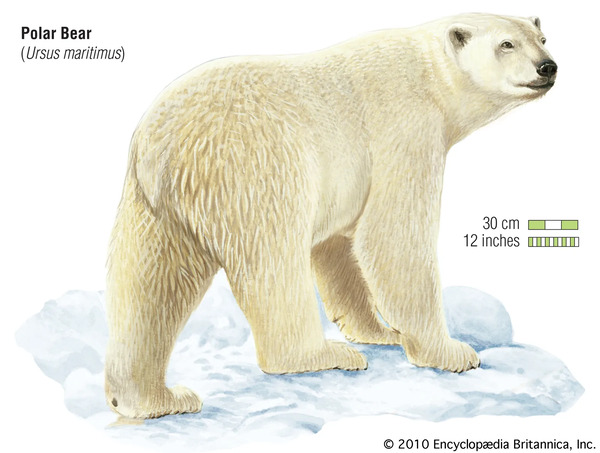
Polar bears are the largest carnivores on land in the Arctic. They accumulate a large amount of fat before winter, making their weight reach more than 800 kilograms. Although polar bears have the same vision and hearing as humans, they have an extremely keen sense of smell, which is seven times more sensitive than dogs. When polar bears run at full speed, they can reach a speed of 60km/h, which is 1.5 times the speed of the world's 100-meter race champion. This makes them uninhabited in the Arctic and can be called the king of the Arctic. Polar bears mainly feed on seals, but also prey on other animals such as walruses and beluga whales.
9. Jaguar (King of the Rainforest)
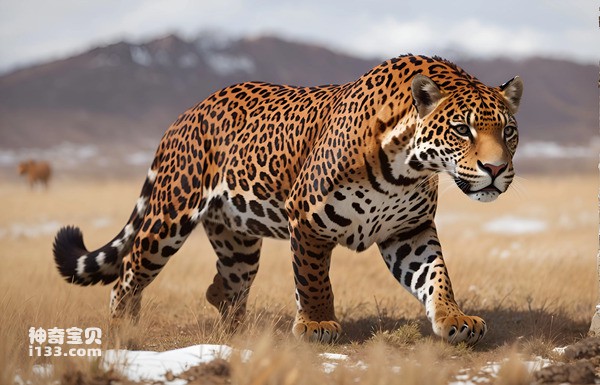
The jaguar, also known as the jaguar, is the third largest living cat. They weigh between 70 and 180 kilograms and have a bite force of up to 1,250 pounds. The jaguar prefers to inhabit densely wooded tropical rainforests and seasonally flooded swamp areas, and is therefore known as the "King of the Rainforest." They dominate the rainforest and are at the top of the South American food chain. These cats are adept at swimming, climbing, running and climbing trees, and their diet ranges from fish, sloths, capybaras, deer, hedgehogs, wild boars, arapaima, anteaters, monkeys, freshwater turtles, crocodiles etc., and sometimes even prey on huge anacondas.
10. Camel (King of the Desert)

Camels are often called the "ships of the desert" as they are an indispensable means of transportation in the desert. Although camels are not very aggressive, they are surprisingly adaptable: they can survive without water for two weeks and even without food for up to a month. The camel's hump stores fat, which can be broken down into the nutrients the body needs to survive when there is a lack of food. In addition, the body temperature of a camel is about 34 degrees Celsius at night and can be as high as 41 degrees Celsius during the day. Only when the body temperature exceeds this range will the camel start to sweat.
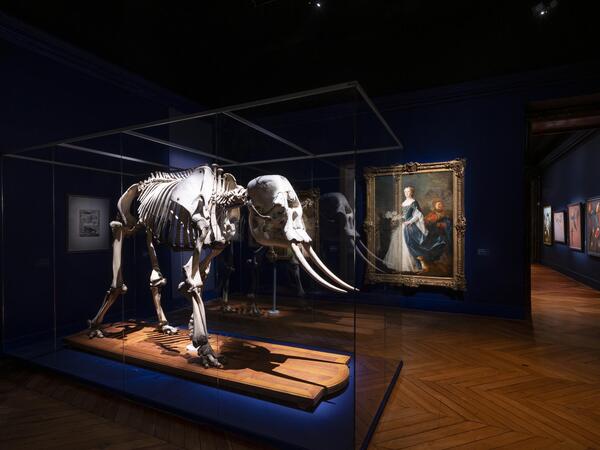
The top ten kings of animals in the world are sorted out based on whether they stand at the top of the food chain or have the strongest ability to survive in different regions. This list is comprehensively summarized based on the abilities of related animals, and recommended in order of network attention. The ranking is for reference only. If you have any questions, please leave comments or criticisms at the end of the article.
animal tags:
We created this article in conjunction with AI technology, then made sure it was fact-checked and edited by a Animals Top editor.